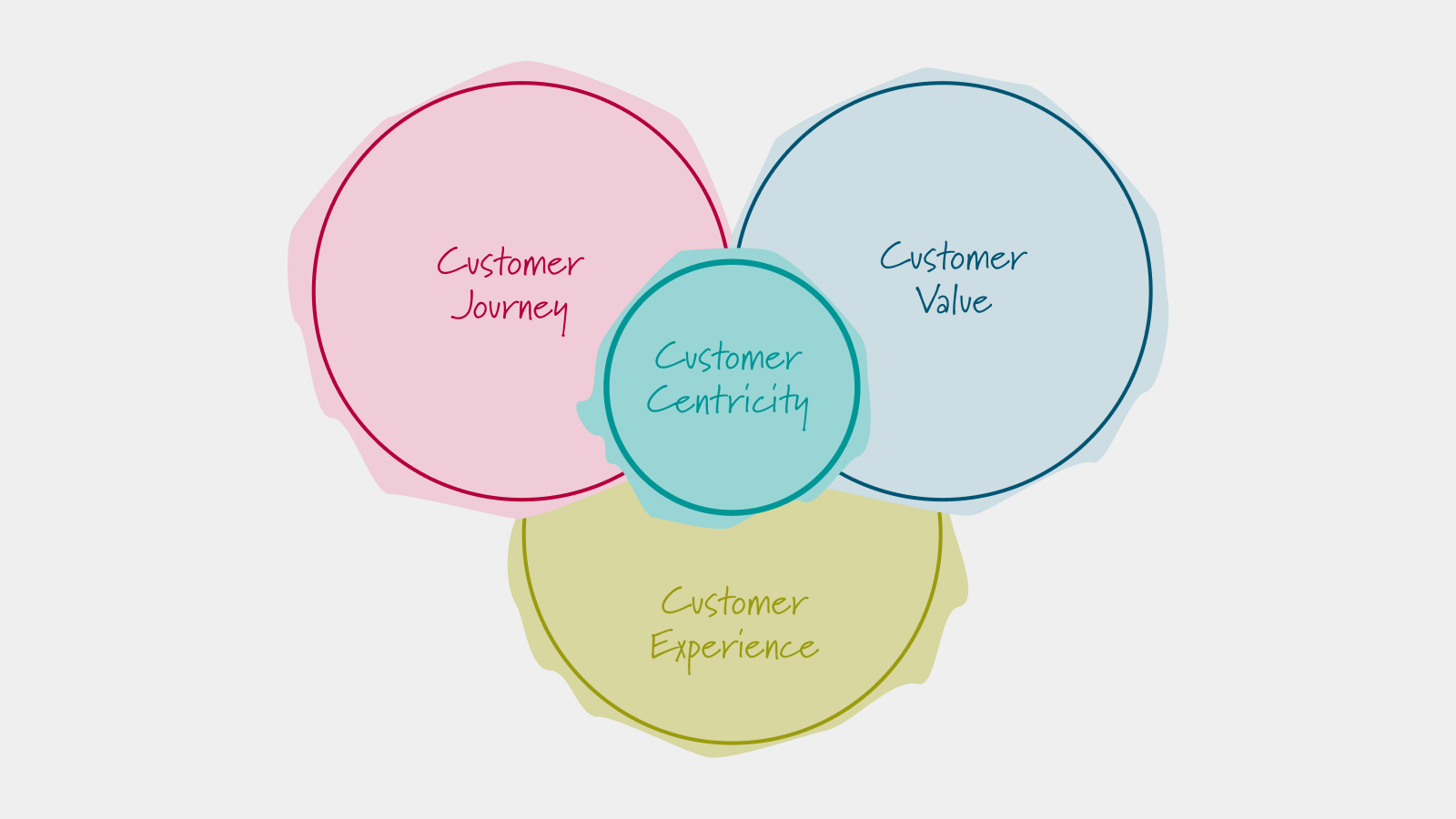
A Generic Business Model Blueprint
Business prototyping

Oliver Grasl
23.1.2013
An overview of a generic blueprint that can be used to jumpstart your business prototyping effort
This is the third post of a series of posts in which I discuss how to use the business model prototyping approach to building a generic business model prototype that lets you experiment with different business scenarios. You can access a list of all posts in the series Prototyping Business Models And Market Strategies.
Today, I will develop a generic business model blueprint, which will serve as a basis for developing the business model prototype. I will use the definition of the term business model (which I discussed in the The Business Model Conceptof this series) as a starting point:
A firm’s business model defines how the firm creates value for all the parties (e.g. other firms, individual consumers) within its value network. It does this by defining its value logic and showing which goods and services are exchanged via transactions between these parties.
By this definition, business models thus have both structural and behavioral aspects:
- The structural aspect shows how the firm connects to the other parties in its value network (e.g. customers, suppliers, business partners) via channels.
- The behavioral aspect shows how products (such as goods and services) and other artifacts (such as marketing information, contracts and invoices) are exchanged over these channels via transactions and identifies the self-sustaining feedback loop that defines the focal firm’s value creation logic.
The above description introduces the channel and transactions concepts – these are important when thinking about business models, so let us examine these concepts more closely:
- The channel concept is used to denote the connections between the parties in a value network, e.g. a company may have different websites dedicated to different market segments that are used to transport product information or a service channel to each of its major suppliers. The concept is important because there may be effort and costs associated with creating and maintaining such a channel (e.g. the cost of building and maintaining such a website for the marketing channel or the cost of service level agreements with suppliers) and this effort and cost will affect the performance of the business model.
- The transaction concept is used to denote the exchanges between the parties in a value network, e.g. the exchange of a product, money or contracts. The concept is important because there is mostly a cost and a duration associated with performing these transactions and this cost has an effect on the performance of the business model. New technologies may radically change the costs and time performance associated with a transaction and can thus lead to new business models. An example of this is the internet, which has made transactions such as obtaining marketing information on a product and buying a product much cheaper and faster, thus providing the basis for the success of online stores such as Amazon.
When thinking about business models I like to draw little “blueprints” of how the firm’s within the value network connect. A generic blueprint for the value network and transaction model could look like this:

The diagram illustrates that the firm under consideration exchanges products and artifacts with suppliers and customers, using its resources and capabilities. Exchanges with customers create revenue, exchanges with suppliers create cost.
To capture the value logic I like to use causal loop diagrams (read more about causal loop diagramsCausal Loop Diagrams). At this generic level, a firm’s value logic looks something like this:

The diagram illustrates that a firm’s resources and capabilities are used to create products and attract customers. Delivering products to customers generates revenue and thus an inflow of cash – this cash is used to buy more resources and is invested into capabilities, which again leads to products and customers. Interaction with customers also has a direct effect on capabilities, e.g. in the form of increased customer intimacy and new knowledge. The value added by the business model (“benefits minus costs”) is essentially equal to revenue minus sales cost.
We now have a better understanding of the business model definition and have some ideas of how to visualize a business model. This is a good point to stop for today; in Blueprints And PrototypesI will show how to apply these ideas to a concrete example of a business model.
Workshops
Resources
All Rights Reserved.


